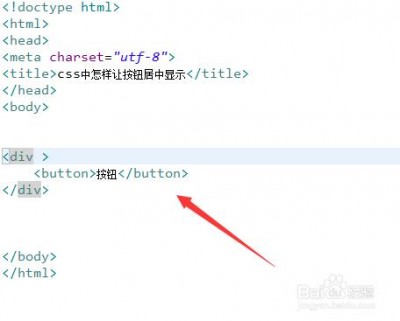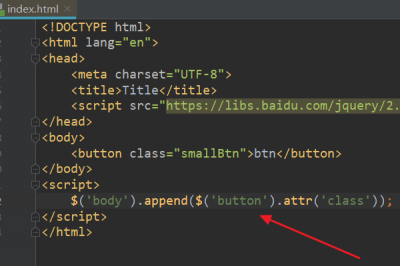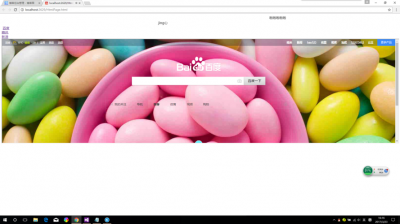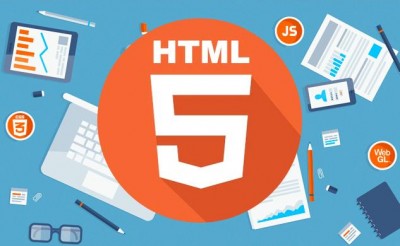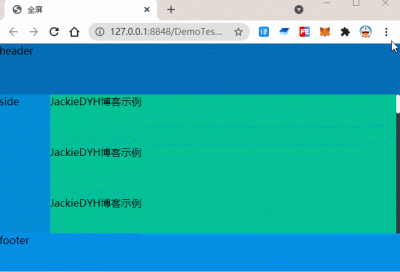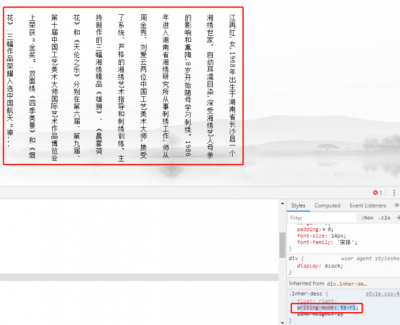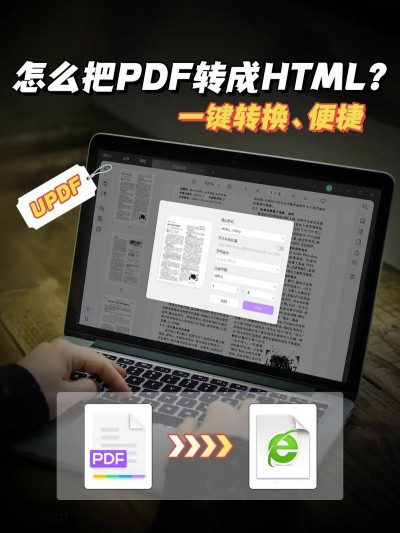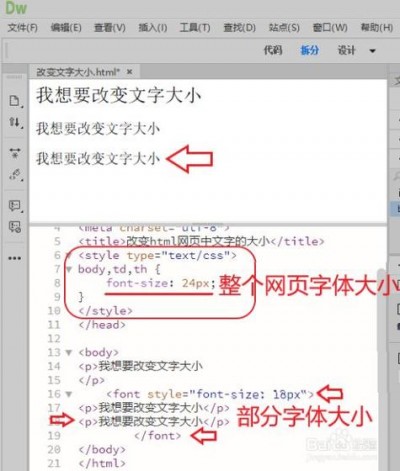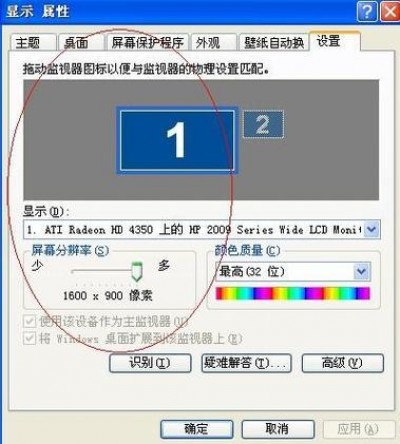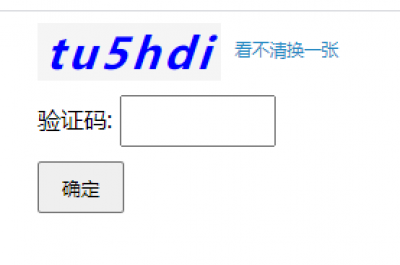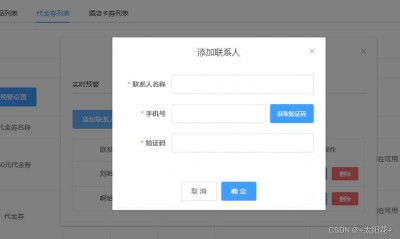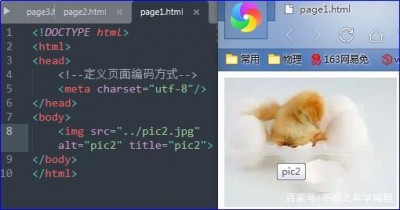在HTML中,给按钮居中有多种方法,下面我将介绍几种常见的方式,这些方法主要利用CSS(层叠样式表)来实现布局和样式的定义。
方法一:使用margin属性
margin 是 CSS 中的一个属性,它用于设置元素周围的空间大小,通过将左右 margin 设置为 auto,可以实现水平居中。
<!DOCTYPE html> <html> <head> <style> .centerbutton { display: block; marginleft: auto; marginright: auto; } </style> </head> <body> <button class="centerbutton">居中的按钮</button> </body> </html>这种方法适用于页面上只有一个需要居中的元素的情况。
方法二:使用textalign属性
textalign 通常用来设置文本的水平对齐方式,但也可以影响内联元素如 <button>。
<!DOCTYPE html> <html> <head> <style> .centercontainer { textalign: center; } </style> </head> <body> <div class="centercontainer"> <button>居中的按钮</button> </div> </body> </html>在这里,我们创建了一个包含按钮的 div 容器,并设置其 textalign 属性为 center。
方法三:使用flexbox布局
Flexbox 是一种现代的布局模式,非常适合于在不同屏幕尺寸和设备上创建灵活的布局。
<!DOCTYPE html> <html> <head> <style> .flexcontainer { display: flex; justifycontent: center; } </style> </head> <body> <div class="flexcontainer"> <button>居中的按钮</button> </div> </body> </html>在这个例子中,我们设置了一个 div 容器为 flex 容器,并使用 justifycontent 属性来居中其子元素。
方法四:使用grid布局
CSS Grid Layout 是一个二维布局系统,可以处理行和列,比 flexbox 更灵活。
<!DOCTYPE html> <html> <head> <style> .gridcontainer { display: grid; placeitems: center; } </style> </head> <body> <div class="gridcontainer"> <button>居中的按钮</button> </div> </body> </html>这里我们使用 display: grid; 来定义一个网格容器,并使用 placeitems: center; 来将所有子元素居中。
方法五:使用绝对定位和transform属性
通过结合使用 position: absolute 和 transform: translate(50%, 50%) 也可以实现居中效果。
<!DOCTYPE html> <html> <head> <style> .absolutecenter { position: absolute; top: 50%; left: 50%; transform: translate(50%, 50%); } </style> </head> <body> <button class="absolutecenter">居中的按钮</button> </body> </html>这个方法将按钮的位置设定为视口(viewport)的中心点,然后使用 transform: translate(50%, 50%) 把按钮自身向左上方移动一半的距离,从而实现居中。
以上是五种常用的HTML按钮居中的方法,每种方法都有其适用场景,选择哪一种取决于您的具体需求、浏览器支持情况以及您想要达到的布局复杂度,通常情况下,建议使用 flexbox 或 grid 布局,因为它们更加强大且易于管理,同时也得到了现代浏览器的广泛支持。

